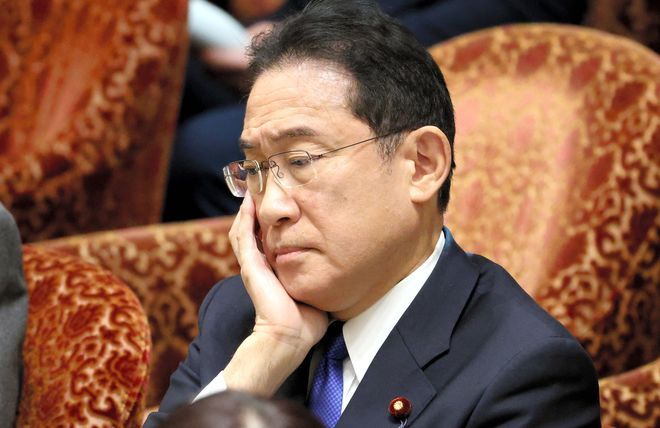The government plans to submit a bill to the Diet aimed at drastically expanding child and childcare support policies. This effort raises serious and complex questions about how costs should be shared across society.
It’s a significant issue that will impose an additional financial burden on taxpayers, but the details of the government’s plans remain frustratingly opaque. We call on governments to quickly outline the basic principles and provide details of the envisaged system in order to reach agreement on policy initiatives.
The government will introduce a total of 3.6 trillion yen ($24.1 billion) in projects at the start of the new fiscal year in April, including expanding child allowances.
The main source of funding is expected to be a new “Children and Childcare Support Fund,” which will be funded by donations collected along with medical insurance premiums. It will be introduced in stages from 2026, and is expected to reach 1 trillion yen per year in 2028.
Prime Minister Fumio Kishida recently revealed at the House of Representatives Budget Committee that the estimated amount of the new aid would be “an average of just under 500 yen per person per month,” for the first time. The people will bear the burden.
However, this explanation is too broad and can be misleading.
Under the current government plan, the burden of support will not be equalized. The system complies with the collection regulations for medical insurance premiums that are paid together with the new fund, so the amount you will have to pay will vary depending on the type of insurance you enroll in, such as national health insurance or corporate health insurance. Health insurance unions, medical insurance systems for the elderly, and income.
The amount of contributions to the fund by company employees is expected to be at least 500 yen per month per employee, including the contribution paid by their workplace.
It is also unclear why the government chose to cover these costs through insurance premiums rather than taxes. This approach can impose a disproportionate burden on the working population. The government has not yet given clear answers to these fundamental questions.
Indeed, mandatory health insurance programs for everyone are a convenient way to collect widespread levies. As part of the health insurance system, there are also subsidies available to help cover medical expenses for the elderly. This approach should not be completely rejected.
However, the government should provide detailed and specific information so that the public can carefully judge whether the new system is truly a system in which all working people will bear the costs according to their ability.
Furthermore, the government’s estimated contribution of 1 trillion yen in fiscal 2028 is based on a plan to increase tax revenue by 1.1 trillion yen by reducing spending on medical and nursing care.
However, it remains unclear what will happen if this spending reduction target is not met. A plan to expand the co-payments of 20% for users of public nursing care services, which was scheduled to take effect next year, has already been postponed. The Kishida administration needs to accurately answer these questions.
Mr. Kishida has repeatedly insisted that the “real burden” will be zero, as the cost of the new support fund will be offset by lower medical and nursing care insurance premiums, and its size will remain within that range.
However, the accompanying reduction in medical and nursing care benefit costs means an increased burden on individuals.
Governments should stop downplaying the social costs of new policies and be honest with the public about what they entail.
It is the government’s responsibility to have an honest and transparent discussion about the real costs of new child care policies.
–Asahi Shimbun, February 10th
